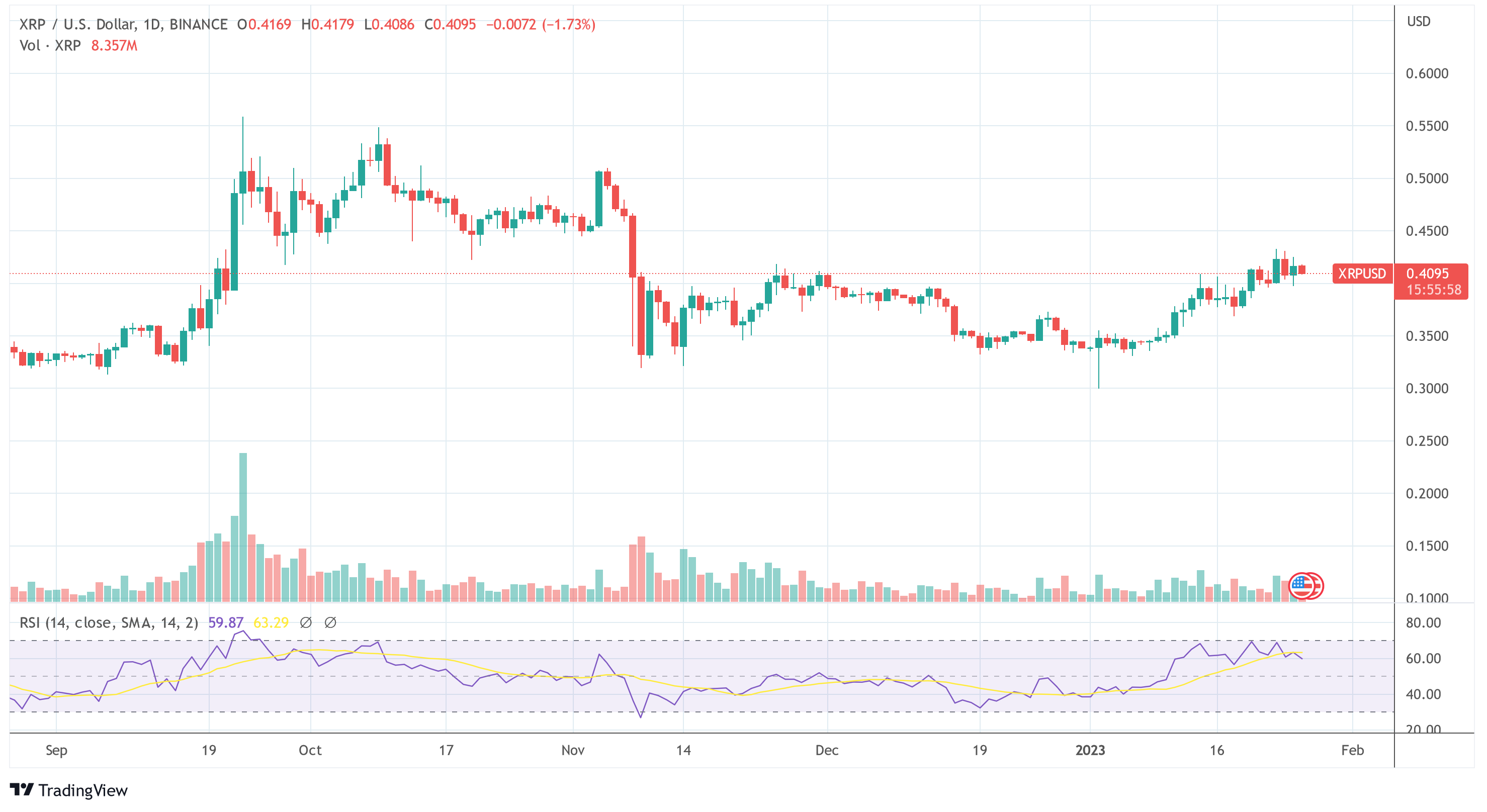Although the XRP Ledger (XRP) is an open-source, public, and decentralized layer 1 blockchain run by a global community of developers, there has been a history of criticism for perceived centralization; the most high-profile case being the U.S. Securities and Exchange Commission accusing Ripple Labs of issuing an unregistered security.
Critics cite the original distribution of XRP to Ripple on the one hand and the functionality of the XRP ledger on the other. Back in May 2017, Ripple announced a strategy to increase decentralization and ensure that no single entity has operational control over the XRP Ledger.
At that time, the company switched to using validator manifests, improved validator security, and published a recommended Unique Node List (UNL) using the new Dynamic UNL infrastructure. In addition, the company announced that independent validators will be added to the recommended UNL.
“During that time, for every two independent validators that are added in the recommended UNL, one Ripple-operated validator will be removed,” the company announced back in February 2018m and went on to say; “The end state will be a network with a varied set of validators, operated by multiple entities from different locations, all sharing one common goal: the long term health and stability of the XRP Ledger.
XRPL Reaches Major Decentralization Milestone
The XRP Ledger recently reached this massive decentralization milestone. The XRP Ledger Foundation released its latest UNL recommendation yesterday. According to it, Aesthetes, an NFT marketplace for physical and digital art, has been added to the UNL list published by the XRP Ledger Foundation while removing a Ripple node.
The XRP Ledger node on the dUNL @rippleitinNZ, wrote via Twitter, “Ripple is now down to 1 validator on published UNL’s out of 34 (2.9%) and no single entity has more than 1 validator on the UNL.”
Welcome @aesthetes_art to the published UNL list of the XRPLF, and others.@Ripple are now down to 1 validator on published UNL’s out of 34 (2.9%) and no single entity has more than 1 validator on the UNL.
Diverse and decentralised #XRPL https://t.co/ZuncX6bV95
— rippleitin.nz (@rippleitinNZ) January 25, 2023
Besides the Ripple validator, the University of Korea validator was also removed from the list. According to the report, its operator was “unavailable for weeks” and occupied a slot for a negative unique-node list, which includes validators temporarily offline during crashes or maintenance updates.
“We are aware that the number of validators in our published UNL has gone down marginally from 35 to 34 with these changes. We are confident that we will increase the list size in our next update,” the XRP Ledger Foundation added.
What Role Does Ripple Play Anyway?
On the XRP Ledger, all nodes ensure that transactions meet the requirements of the protocol and agree on such an order that prevents double-spending. UNLs are the lists of validators.
Currently, there are three publishers: Ripple, the XRP Ledger Foundation, and Coil known for publishing recommended standard lists of high-quality validators. However, each server operator can choose their own UNL, with Ripple’s list being the default at rippled, the server software that powers the XRP Ledger.
Even if Ripple recommends its list, it does not then create a centralized system because it is based on an opt-in. If the company ceases operations or acts maliciously, participants can change their UNLs and use a list from another issuer.
According to XRP Scan, the default UNL currently consists of only one node from the company sued by the SEC. The rest are exchanges, such as Bitso and Bitrue, universities such as London’s Global University (UK), University of Nicosia (Cyprus), University of Waterloo (Canada), XRP ecosystem entities like Gatehub, Flare Network, XRP Scan, Towo Labs, Bithomp, and others, including AT TOKYO (a leading company within the data center industry, Flagship Solutions Group, and Brex.
At press time, the XRP price was at $0.4095.

Featured image from Shubham Dhage / Unsplash, Chart from TradingView.com
Source: https://bitcoinist.com/ripple-hits-new-unl-decentralization-milestone/
